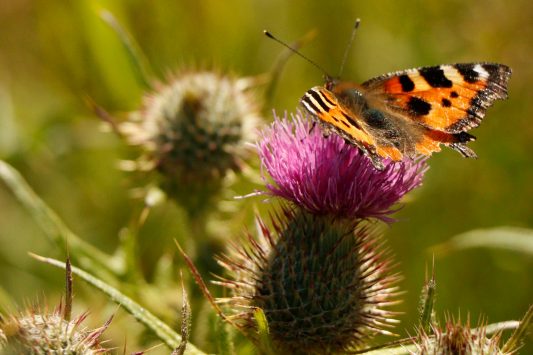Description
Location : Wicklow, Greystones ,Children’sPlayground by traintrack woodline. Also seen in riparian woodlands by the three trout stream
Note:
Wildlife relationship . Lays eggs on Cock’s foot and Yorkshire Fog
Habitat and range
The speckled wood occupies a diversity of grassy, flowery habitats in forest, meadow steppe, forest, woods, and glades. It can also be found in urban areas alongside hedges, in wooded urban parks, and occasionally in gardens. Within its range the speckled wood typically prefers damp areas. It is generally found in woodland areas throughout much of the Palearctic realm. P. a. tircis is found in northern and central Europe, Asia Minor, Syria, Russia, and central Asia, and the P. a. aegeria is found in southwestern Europe and North Africa. Two additional subspecies are found within the British Isles: the Scottish speckled wood (P. a. oblita) is restricted to Scotland and its surrounding isles, and the Isles of Scilly speckled wood (P. a. insula) is found only on the Isles of Scilly. P. a. tricis and P. a. aegeria gradually intergrade into each other.[
Mating behavior
In the speckled wood butterfly females are monandrous; they typically only mate once within their lifetime. On the other hand, males are polygynous and typically mate multiple times. In order to locate females, males employ one of two strategies: territorial defense and patrolling.
During territorial defense, the male defends a sunny spot in the forest, waiting for females to stop by. Another strategy is patrolling, during which males fly through the forest actively searching for females. Then, the female must make a choice between mating with a patrolling male or a territorial male. By mating with a territorial male, a female can be sure that she has chosen a high quality male, as the ability to defend a territory reflects the genetic quality of a male. Therefore, by choosing a territorial male, the female is being more picky about which male she chooses to mate with.
The choice is most likely dependent on the search costs associated with finding a mate. When actively searching for a male, a female must spend her precious time and energy, which results in search costs, especially when she has a limited life span. As search costs increase, female choosiness for a mate decreases. For example, if a female’s life span is shorter, she has a higher cost associated with searching for the ideal mate. Therefore, she is likely to mate within a day of her emergence as an adult, and will most likely mate with a patrolling male, as they are easier to find. However, if a female lifespan is longer, then the search costs associated with finding a mate are lower. The female is then more likely to actively search for a territorial male. Since the search costs vary depending on environmental conditions, strategies vary from population to population.




